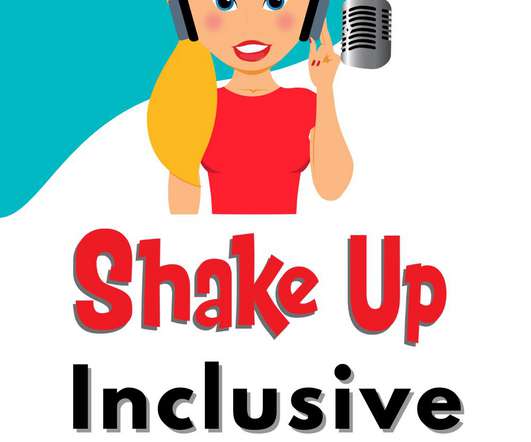Personalized Learning Is the Answer. (I Forgot the Question.)
Edsurge
AUGUST 26, 2017
A short list of organizations includes funders like the Gates Foundation and Next Generation Learning Challenges and advocacy groups like the International Association for K-12 Online Learning (iNACOL) and the International Society of Technology Education (ISTE). The corollaries of personalized learning are equally attractive.
















Let's personalize your content